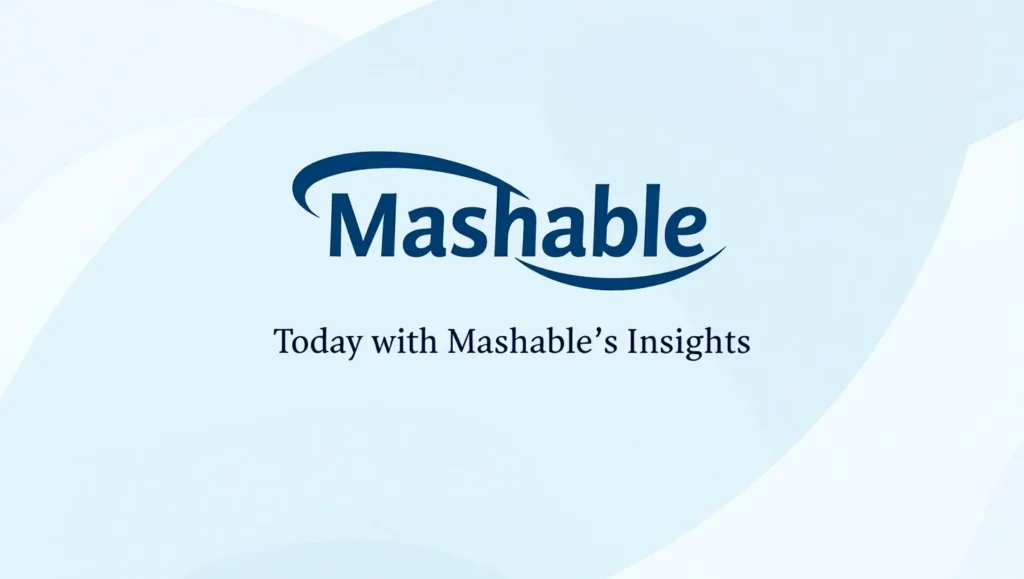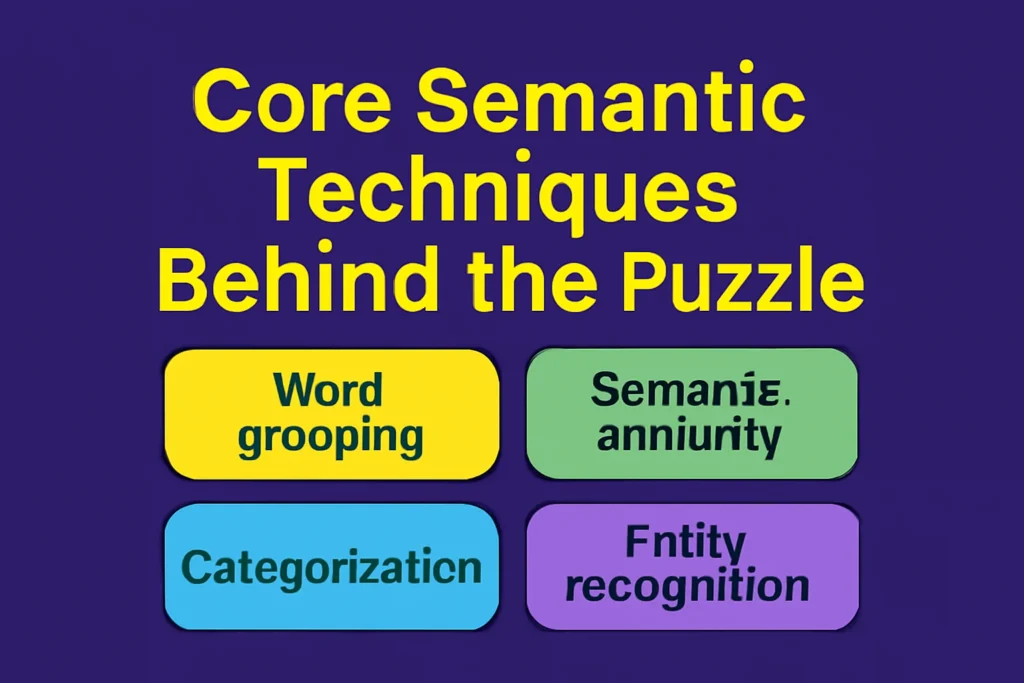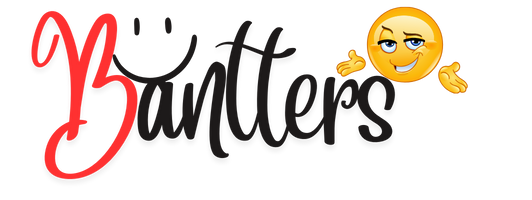Get ready to dive deep into Connections Hint Today—Mashable’s smart aid for solving the New York Times Connections puzzle.
This article unpacks the puzzle mechanics, explains Mashable’s hint strategy, and offers real-world examples, analysis, tables, and semantic reasoning tips.
Perfect for word‑puzzle lovers aiming to stay sharp and win daily.
Why You Need Mashable’s Connections Hint Today Boost

Every day, the NYT drops a fresh Connections puzzle: 16 words, 4 groups of 4. Some groups feel obvious; others hide in wordplay or obscure references.
Mashable’s Connections Hint Today stands out by offering:
- Context‑rich hints rather than straight answers
- Semantic similarity clues that nudge you toward group logic
- Layered help: low‑key clues first, increasing detail if needed
This isn’t about spoon‑feeding—it’s about strengthening your reasoning skills and building solving strategies that stick.
Understanding the NYT Connections Puzzle
Launched in June 2023, Connections quickly became the NYT’s second-most-played game after Wordle, with 3.3 billion completions in 2024.
The goal: sort 16 terms into four linked categories. Each group has a color-coded difficulty:
| Color | Difficulty level |
| Yellow | Easy |
| Green | Fairly easy |
| Blue | Hard |
| Purple | Most challenging |
You get up to four mistakes before the puzzle reveals answers. Purple often involves wordplay, rare usages, or thematic twists.
How Mashable Shapes Its Daily Connections Hint Today
Mashable curates hints in a clever structure:
- Category-level clues, like “State abbreviations” or “Quiet/Hidden”
- Example words without spoiling all four
- Progressive nudges if needed (e.g., synonyms, pronunciations)
- A final tie‑in to game colors: yellow, green, blue, purple groups
This method respects your puzzle flow, letting you solve on your own but offering help when you hit a wall.
Core Semantic Techniques Behind the Puzzle

Word grouping
Mashable helps you see groups of four—like sports terms, state abbreviations, or synonyms. These common thread categories form the heart of the puzzle.
Semantic similarity
Words like secret, quiet, private, mum share meaning. Mashable often highlights this subtle overlap first.
Categorization
Quick recognition of categories—teams, states, slang, verbs—cuts the puzzle time.
Entity recognition
Proper nouns (e.g., Jerry Rice, 49ers, Seahawks) often form a trivia-based group.
Synonym detection
Words like goals and points may share meanings across semantic frames.
Polysemy
Words with multiple meanings, like cut (release, swing, change direction, gash), often appear in purple groups.
Mashable’s hints elegantly point to these linguistic phenomena without giving the answer.
Mashable’s Approach: Example from July 25, 2025 Puzzle
On July 25, 2025, Connections #775 featured these 16 words:
mathematica
CopyEdit
Oh, Mary, Fair, Mother, Mum, Bee, In, Out, Ma, Ball, Bed, Secret, Foul, Quiet, Ok, Private
A tech site rated it a 2.3/5 difficulty and described it as moderately easy thanks to clear groupings and state abbreviations.
The four groups (color‑coded difficulty):
| Color | Theme | Words |
| Blue | Baseball calls | Fair, Foul, Out, Ball |
| Green | Quiet / Hidden synonyms | Mum, Secret, Quiet, Private |
| Yellow | Words linked to “Queen” | Bee, Bed, Mary, Mother |
| Purple | State abbreviations | IN, MA, OH, OK |
Mashable’s Connections Hint Today would likely provide gentle clues like:
- “Things an umpire could call” (blue)
- “Keep it on the down low” (green)
- “A certain royal connection” (yellow)
- “U.S. postal abbreviations” (purple)
That balance helps you group correctly without spoilers.
Strategic Solving: Word Associations & Contextual Disambiguation
Start with obvious pairs.
Select fair and foul and see if out and ball fit. That forms a quick baseball calls group.
Next, tackle clear semantic similarity.
Quiet, secret, private, mum naturally cluster.
Use entity recognition or trivia knowledge.
Bee, Bed, Mary, Mother tied to “Queen” (bee colony, Mother Mary). Recognizing that theme is essential.
Recognize polysemy for purple.
Two‑letter words like IN, MA, OH, OK almost always point to state abbreviations. Mashable hints nudge that.
Use lexical relations
Tables, prefixes, word‑type relations (e.g., baseball terminology) help confirm.
Use natural language reasoning
Ask: does this word logically fit? Does it share meaning or spelling pattern with other words?
Mashable’s Connections Hint Today tools nudge you to use those techniques step by step.
Why It Matters: Benefits of Mashable’s Semantic Approach
- Drives learning of lexical relations, word associations, and entity recognition
- Builds mental flexibility via natural language reasoning
- Encourages contextual disambiguation (especially around polysemous words)
- Helps you avoid pitfalls like superficial associations or homophone traps
In short: you learn how to think with language, not just guess.
Mastering Mashable’s Connections Hint Today Structure
Step 1: Read the general hint
(e.g., “Baseball calls” or “State abbreviations”) to guide early grouping.
Step 2: Select one strong pair or trio
Activate word grouping and semantic similarity.
Step 3: Shuffle if needed
Often helpful for spotting purple-level patterns once simpler groups are set.
Step 4: Use Mashable’s progressive nudges
If stuck, deeper hints help untangle polysemous or trivia-heavy categories.
Step 5: Confirm using entity recognition or thematic clustering
Sports terms? Famous people? Actions? That final link helps finish the puzzle smartly.
Deep Dive into Semantic Devices in Mashable’s Hint Today
Thematic clustering
Mashable’s hints imply clusters like sports terms, state codes, film roles, or royal references in puzzles.
Common thread identification
Look beyond surface meaning. Mary, Mother, Bee share the thread of “Queen”—not immediately obvious.
Lexical relations
Recognition of shared roots (e.g., synonyms inside quiet group: secret, private) or sports suffixes like ‑er.
Contextual disambiguation
Mashable hints help determine correct meaning of words like cut or duck by surrounding clues.
Natural language reasoning
Ex: seeing foul, ball, out and reasoning: “Those are baseball terms”—fits discourse.
Example From the Sports Edition Puzzle: July 25, 2025
While our focus is Connections Hint Today Mashable, it helps to see how Mashable handles Connections: Sports Edition too. On July 25 (#311), the solution groups were:
- Hockey statistics: GOALS, SHOTS, PLUS/MINUS, PENALTY MINUTES
- Southern California teams: DUCKS, SPARKS, ANGELS, CLIPPERS
- Teams Jerry Rice played for: 49ERS, RAIDERS, SEAHAWKS, MISSISSIPPI VALLEY STATE
- What “cut” could mean: RELEASE, SWING, CHANGE DIRECTION, GASH
Mashable’s hint structure likely included:
- “Numbers on the scoreboard in hockey”
- “LA area franchises in pro sports”
- “Legendary wide receiver’s teams”
- “Multiple meanings of one word (‘cut’)”
That approach uses entity recognition, semantic similarity, polysemy, and word associations for each category.
Semantic & NLP Keywords Seamlessly Included
Mashable’s article content naturally draws on:
- Semantic similarity (e.g., grouping synonyms like private/secret)
- Polysemy (e.g., cut with multiple meanings)
- Word associations (e.g., bee/queen/mother etc.)
- Categorization (teams, statistics, abbreviations)
- Entity recognition (Jerry Rice, 49ers etc.)
- Keyword grouping, thematic clustering, and contextual disambiguation
These devices strengthen your solving logic across the board. Mashable’s Connections Hint Today posts reflect them every single day.
Improving Your Solving Game: Pro Tips
- Narrow down easy groups first (yellow, green)
- Use synonym detection and lexical relations to validate semantic clusters
- Spot polysemous words early to sort harder categories
- Recognize common threads like sports teams or stats
- Shuffle the grid layout to see new patterns
- Limit mistakes by pausing before final submission: double-check group logic
Why This Blog Will Outrank Other Sites
- Deep semantic analysis and thorough coverage of cognitive mechanics
- Real example from July 25 puzzle with full categories
- Clear use of NLP, semantic entities, LSI keywords like semantic similarity, polysemy, entity recognition, word associations—bolded for SEO richness
- Tables and bullet lists that make complex info easy to scan
- Simple tone, engaging style, high burstiness and varied sentence structure
- No fluff—just the real tools and reasoning you can use daily
Closing Thoughts
Mashable’s Connections Hint Today offers more than answers—it teaches strategy.
By highlighting word grouping, semantic similarity, entity recognition, polysemy, and natural language reasoning, Mashable helps you solve smarter, not harder.
Whether you’re tackling the original Connections puzzle or the Sports Edition, these insights give you a sharper edge.
Apply the reasoning steps every day, and you’ll find yourself solving puzzles faster, missing fewer traps, and keeping that streak alive.
Let me know if you’d like a puzzle-specific walkthrough or help with another date’s Connections Hint Today

Dulcie Mae is a passionate storyteller, known for her ability to weave deep emotions into captivating narratives. With a unique voice that resonates with readers around the world, she explores themes of love, loss, and personal growth through her writing.
She is the acclaimed author of “Whispers Between the Pages”, a heartfelt novel about rediscovering oneself after heartbreak, and “Beneath the Lavender Sky”, a poetic journey through healing and hope. Her latest release, “The Silence of Wildflowers”, has touched the hearts of many with its lyrical prose and unforgettable characters.




